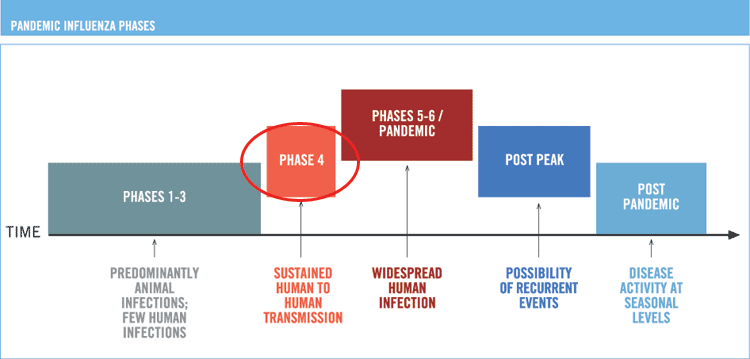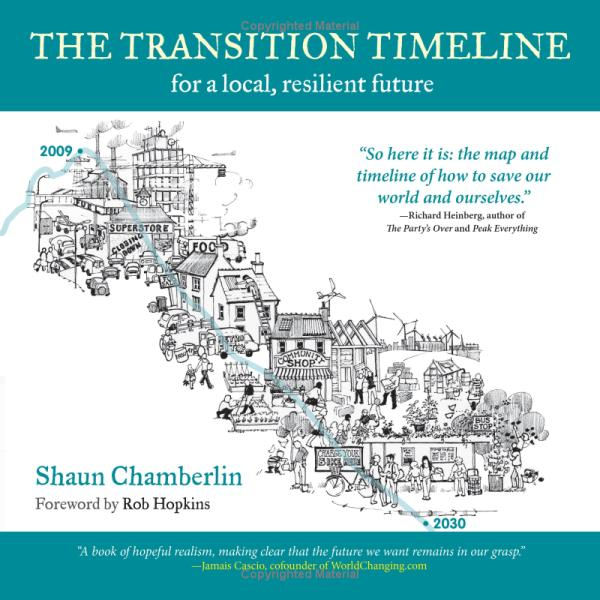Pandemonium
So, it's been quiet around here. Too quiet.
I can explain. I've been sick the past four days or so, and have been keeping down. But since I had to make a one-day run down to San Diego for a meeting just before I got sick, there was a minor flurry of concern that this really bad cold/flu wasn't just a really bad cold/flu. Fortunately, a check-in with my doctor confirmed that I'm not a victim of the Aporkalypse.
So that covers the last few days. How about earlier? The Institute for the Future's Ten-Year Forecast event, where we present the year's work over the course of several days, took place last week. Many weeks of increasingly frantic work culminated in a big affair, rolling out the Superstruct results, along with some ancillary content that wasn't directly Superstruct-driven but very much in alignment.
I had three presentations to give -- one on geoengineering, one on intelligence and evolution, and a big one for the opening night: The Human Crisis. This was the presentation of the Fifty-Year Scenarios, a set of three timelines I crafted for the Institute, taking us from 2009 to 2059 (with a preview of 2060).
Here's the first of those timelines to be released, The Long Crisis (5mb PDF). IFTF put it out in concert with the first bit of content coming from Superstruct. Check it out. I suspect that you'll find much to argue with.
The presentation was exhausting to do, both physically (in the way that giving any presentation in front of a crowd can be) and emotionally. These are not happy scenarios, as the first one -- which is by no means the scariest of the three -- will attest. Living with those three worlds over the past few months has been draining.
There was a fourth scenario in my presentation, though. Let me quote the brief description:
In this fifty year period, a massive depression, coupled with the collapse of a key resource, undermines traditional economic models. Even as the global economy recovers, a global war erupts, a horrifying accident triggered by political systems overwhelmed by increasingly rapid communications, a tragedy multiplied by the almost casual use of chemical weapons. The end of this war coincides with the emergence of a pandemic the likes of which the world has never seen, killing millions upon millions -- and, combined with the war, almost eliminating an entire generation in some parts of the globe.After the pandemic ebbs, a brief, heady economic boom leads many to believe the worst has ended. Unfortunately, what follows is a global depression even more massive than the previous one, causing hyperinflation in some of the most advanced nations, and leading directly to the seizure of power by totalitarian, genocidal regimes.
What follows is perhaps predictable: an even greater world-wide war, nearly wiping out a major culture and culminating in a shocking nuclear attack.
At this point, you’ve probably already realized that this scenario covers the end of the nineteenth century through the end of World War II.
Fun stuff. To my surprise, only about half the audience caught that it was the first half of the 20th century before I "flipped the cards" in my slide, showing period-appropriate images for each major event. But whether or not they saw through the very light deception, the reaction was uniform: they were stunned. This was the after-dinner entertainment, and people just left quickly afterwards. I usually have a handful of folks come up after a talk to ask questions or press me on various points, but this time, nothing. A few people even avoided eye contact as they hustled out.
The next day, after people had an evening to digest it, I got the questions and comments. But clearly this set of stories -- including one about our own recent history -- rocked them. The scenarios certainly had done so to me, and I wrote them.
And to go from a multi-day meeting that focused on Superstruct (with its "Quarantine" threat) to a real-world proto-pandemic was just too much. Still is, really. I think I need a bit more down time.
See you soon.



 • Personal Urban My Accessibility!: I'm split between thinking this is silly and thinking that it's potentially quite interesting; I'll probably decide that it's silly, but then lament that the useful stuff got lost in the induced giggles.
• Personal Urban My Accessibility!: I'm split between thinking this is silly and thinking that it's potentially quite interesting; I'll probably decide that it's silly, but then lament that the useful stuff got lost in the induced giggles. Participatory Panopticon edition!
Participatory Panopticon edition!

